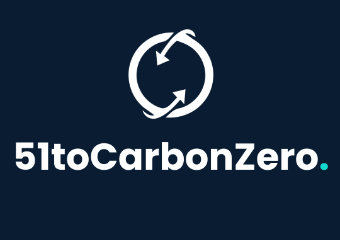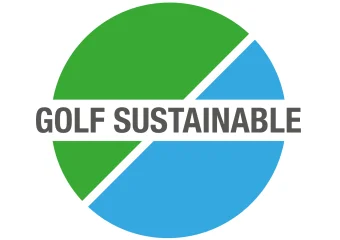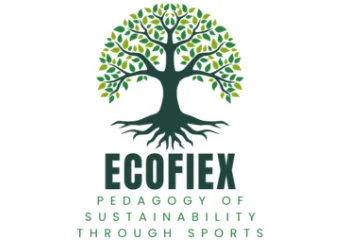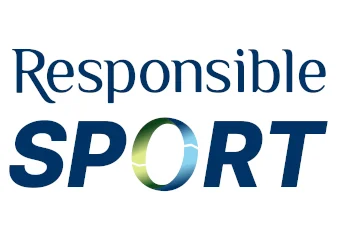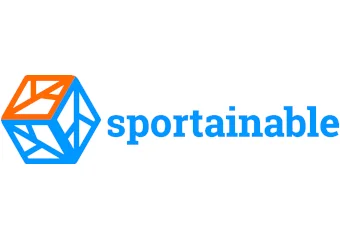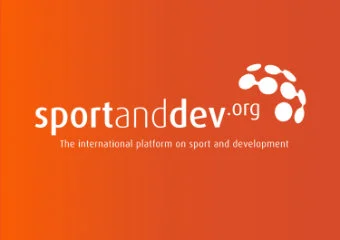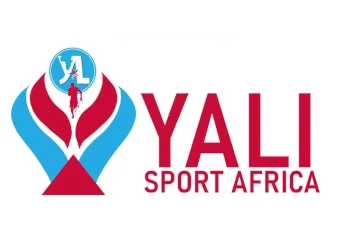To mark the International Day of Clean Air for Blue Skies, Global Sustainable Sport, in collaboration with Air Aware Labs, will host the third GSS2025 workshop on Tuesday, 30 September 2025: “Racing towards clean air – how high can sports aim?”
The workshop is free to attend. Register here to attend
To access our unique news archive of over 1,400 articles with insights on over 500+ sustainable sports organisations, join the GSS Network today.
Login here if you are a registered network subscriber.
News article
Is Hydrogen the Future for Motorsport and the Planet?
The roar of engines has long been synonymous with high-octane spectacle, but as the world grapples with a climate crisis, motorsport is navigating a crucial crossroads. Can it continue to be a pioneer of automotive technology while embracing a sustainable future? The Fédération Internationale de l'Automobile (FIA) believes the answer is yes, and it’s betting on hydrogen.

In a landmark move, the FIA has signed a historic multi-year agreement to launch the Extreme H World Cup, the world’s very first hydrogen-powered motorsport world cup. This isn’t just a new race series; it’s a bold statement of intent, cementing a shared commitment to accelerate hydrogen innovation and redefine what sustainable racing can be.
For Julia Wall-Clarke, Director of Impact for Extreme H, this is the core mission. “I think the overall message of Extreme H is that we are pioneering a breakthrough technology that is not yet widely understood but has enormous potential to accelerate the transition to net zero,” she explains. “Motorsport is the ideal platform for this mission; it provides a high-performance testing ground to push hydrogen innovation forward, while also serving as a powerful stage to engage global audiences.”
"I think the overall message of Extreme H is that we are pioneering a breakthrough technology that is not yet widely understood but has enormous potential to accelerate the transition to net zero. Motorsport is the ideal platform for this mission; it provides a high-performance testing ground to push hydrogen innovation forward, while also serving as a powerful stage to engage global audiences."
A New Frontier in the Arabian Desert
The grand experiment will kick off in style. It has been announced that Qiddiya City in Saudi Arabia will host the inaugural event from the 9th to the 11th of October, 2025. Described as the world’s first city built entirely for play, its dramatic Tuwaiq Mountains will provide a stunning backdrop for this new era of racing.
The transition will be seamless and symbolic. The weekend prior, on the 4th and 5th of October, the all-electric Extreme E series will hold its celebratory ‘Final Lap’ event, marking the end of its own pioneering chapter before the learnings and legacy flow directly into the new series. Alejandro Agag, the founder of both series, describes it as a way to provide “a fitting conclusion for Extreme E… before we officially make the transition to the new era of hydrogen with Extreme H”.
"a fitting conclusion for Extreme E... before we officially make the transition to the new era of hydrogen with Extreme H".
The choice of location is no accident, as the series’s purpose-driven ethos is woven into every aspect of the event. A core part of the series involves delivering Impact and Legacy Programmes in each host location, designed with scientific experts to address pressing local challenges. In Qiddiya, the focus will be on large-scale tree planting as part of the Saudi Green Initiative, which aims to plant 10 billion trees by 2030 to combat desertification and restore biodiversity. Alongside this, the series is developing STEM education initiatives to connect local young people with the science behind hydrogen racing.

The Pros: A Blueprint for Sustainable Sport
Extreme H is underpinned by a meticulous sustainability strategy, measured by clear environmental and social Key Performance Indicators (KPIs). Environmentally, the series will track freight and logistics efficiencies, its overall carbon footprint, and the biodiversity outcomes of its legacy programmes. Social KPIs will focus on gender equality, local community engagement, and STEM education outreach, with all progress independently assessed and published in an annual Sustainability Report.
Logistics, a major source of emissions for any global sport, have been re-engineered. The series has confirmed its calendar will be geographically clustered to minimise freight emissions. In a significant evolution from Extreme E, the iconic St. Helena ship will be retired. While it was central to the early carbon reduction strategy, the move to a more clustered calendar means using partnerships with specialist low-carbon freight providers is now a more efficient solution.
Crucially, the series will retain its founding sporting format, which requires male and female drivers to compete
The Cons: Hurdles on the Road to a Hydrogen Future
Despite the ambition, the series is transparent about the challenges. Officials admit that the full power requirements for a 100% hydrogen-generated site are “still to be understood”. For now, the series will employ a pragmatic energy mix that also includes HVO, battery storage systems, and solar power. This evolution is about pioneering a new technology, not pretending it’s a perfect, off-the-shelf solution.
The primary obstacle is scale. Creating the infrastructure for producing, storing, and using green hydrogen in remote, off-road locations is a monumental task. This is where the series’s real value lies—in transparently tackling the challenges of building a new energy ecosystem. This is being addressed through a network of strategic partnerships. Key partners already secured include AFC Energy for hydrogen fuel cell technology and Tamgo for infrastructure delivery in the Middle East. They are joined by hydrogen suppliers like Air Products, AHG, and GulfCryo, who are already supplying the wider Neom region. Every partner is required to meet strict sustainability standards, aligning with the series’ broader mission.
This is the point Julia Wall-Clarke is keen to emphasise. “Through racing, we can demonstrate hydrogen’s capabilities, build public understanding, and inspire confidence in its role as part of the solution to lowering emissions across transport and beyond,” she says. “It’s truly exciting to be working on a world-first.”
"Through racing, we can demonstrate hydrogen’s capabilities, build public understanding, and inspire confidence in its role as part of the solution to lowering emissions across transport and beyond. It’s truly exciting to be working on a world-first."
Ultimately, the FIA Extreme H World Cup is more than just a race. It’s a high-profile R&D project broadcast to 90 broadcasters across 180 markets. It aims to prove that the thrill of motorsport can coexist with profound environmental progress. This commitment to purpose is not, as some might assume, a charitable add-on; it is central to the series’s value proposition. By providing an authentic platform that combines sport and purpose, Extreme H strengthens its commercial model, attracting partners, broadcasters, and host venues who want to be part of the solution.
"Qiddiya City is the ideal launchpad for a new frontier for motorsport that embodies purpose, innovation and entertainment".
As Alejandro Agag puts it, “Qiddiya City is the ideal launchpad for a new frontier for motorsport that embodies purpose, innovation and entertainment”. The world will be watching to see if this hydrogen-powered project delivers.
Read moreFIA Extreme H
Join the GSS Alliance Partners programme today
Stay ahead of the game with our FREE weekly newsletter, delivering the latest sport and sustainability news from around the globe straight to your inbox
Join the GSS Network programme today
Register for GSS Workshops today
Join the GSS Education programme today














